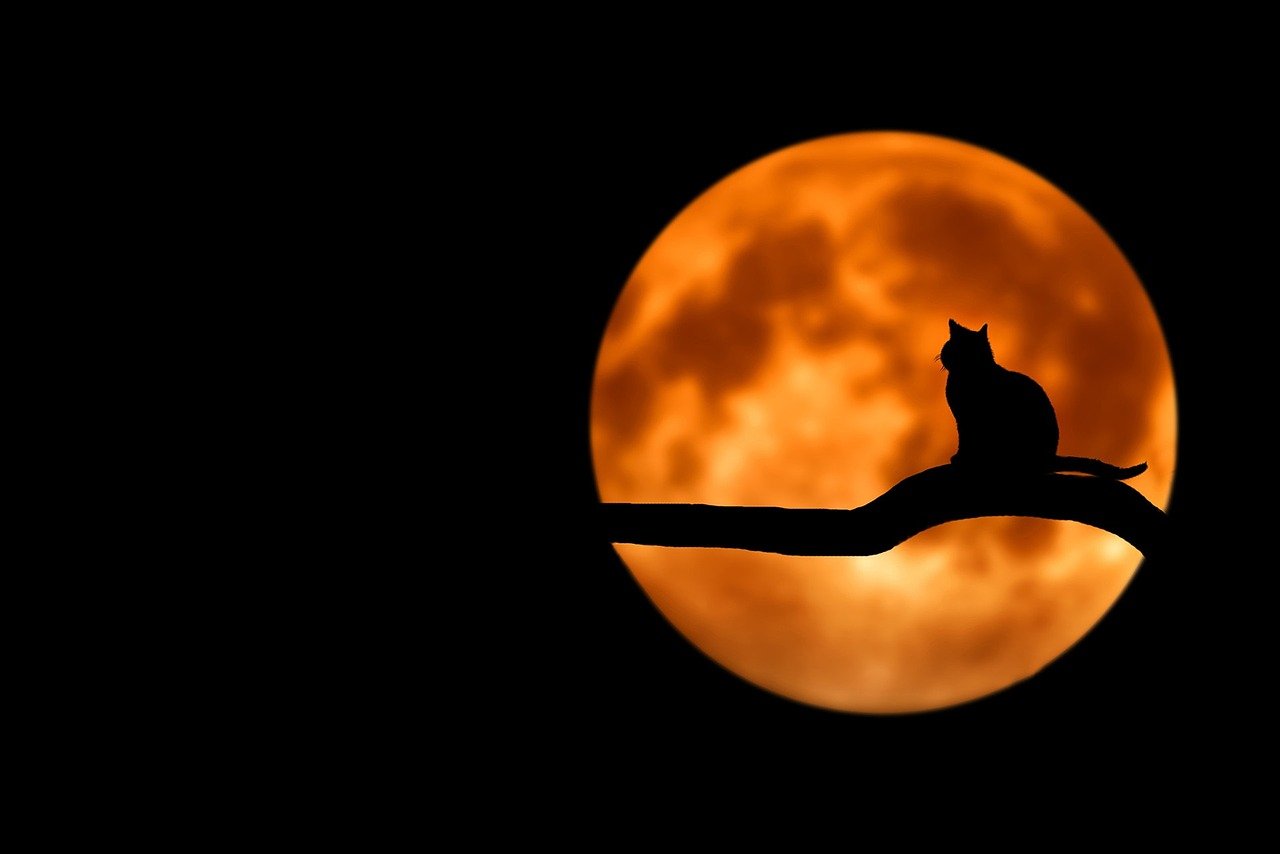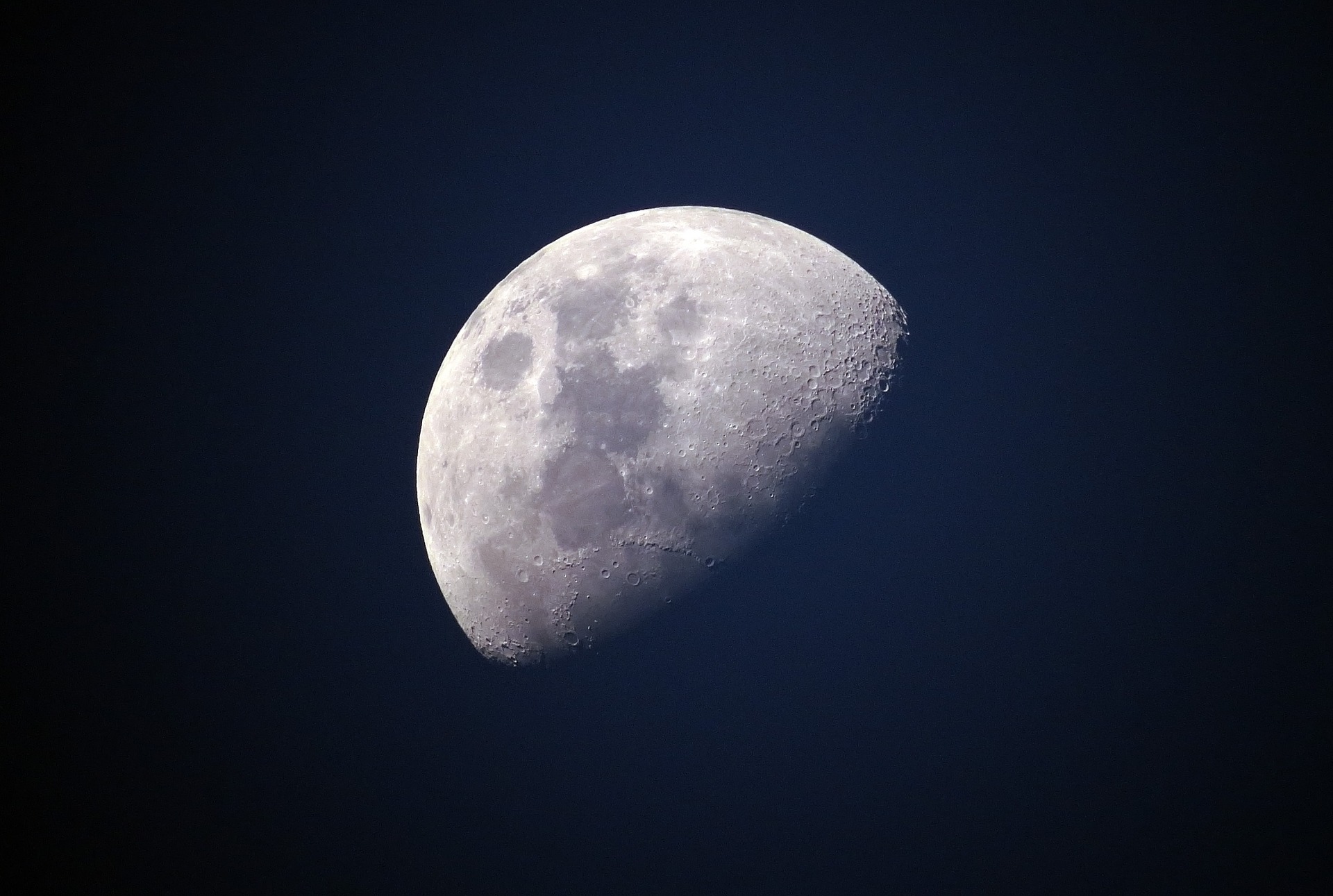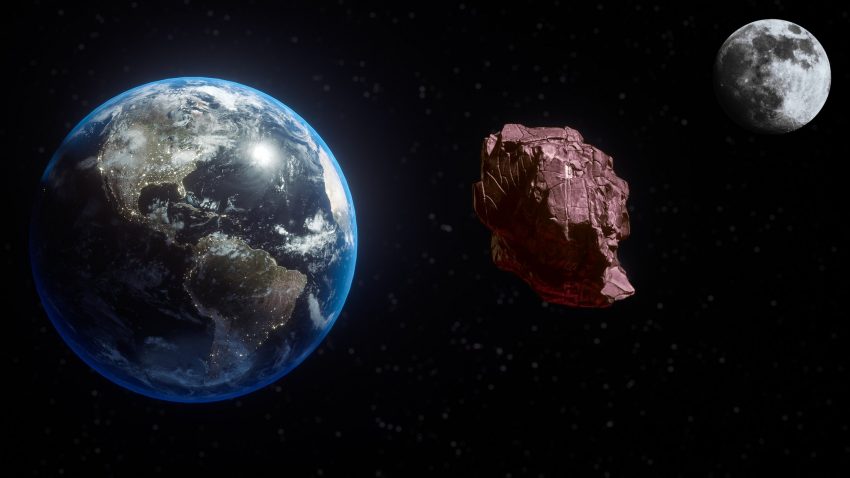We all know the moon, which is supposed Earth’s only natural satellite, but did you know that we have a secondary moon? Well, it will be in Earth’s atmosphere for approximately 300 more years, but most of us aren’t even aware of its presence. The moon is one of my favorite celestial objects in the sky because, as a child, I used to be obsessed with the universe and loved the moon and what it represented and its sense of loyalty to Earth. Most planets in our solar system have more than one moon except for Mercury and Venus. But very few of us know of the presence of Kamo’oalewa.
Discovery

Well, Kamo’oalewa is not really a moon per se; it is an asteroid discovered back in 2016 and will be in our presence and around Earth orbit for approximately 300 more years. Kamo’oalewa or 469219 Kamo’oalewa was formerly named 2016 HO3 (after the year it was discovered). It is significantly smaller than its celestial counterpart, our moon, and is approximately 141 meters in diameter. It is a small asteroid and a fast rotator, the smallest and closest known stable quasi-satellite of Earth, and this is why it is known as Earth’s temporary second moon.
Origin of its name
It was first discovered by the PAN-STARRS 1 in Haleakala in Hawaii, operated by the University of Hawaii’s Institute of Astronomy. Kamo’oalewa is a Hawaiian word that means a moving celestial object which it literally is. To break down the Hawaiian name further and to give an overview of its name, Kamo’oalewa:
- Ka is translated to the
- mo’o means fragment, which refers to something that was broken off a larger object
- a is translated in of
- Lewa is to oscillate, which refers to the motion in the sky as it is viewed from Earth

It was first spotted on 27 April 2016 and was officially named on 6 April 2019. Like the moon, it circles around the moon but, unlike the latter, doesn’t follow a traditional path but rather circles around the world in a corkscrew-like trajectory. The scientists who first discovered it described it as dance because of its circling around the Earth. On the subject of Kamo’oalewa, Ben Sharkey said: “It’s primarily influenced just by the sun’s gravity, but this pattern shows up because it’s also — but not quite — on an Earth-like orbit. So it’s this sort of odd dance.”
Fun facts about Kamo’oalewa:
Fact 1
Not only is it Earth’s second month, for at least another 300 years, but it is also a tiny part of our already existing moon. For me, this is what makes it more beautiful; it’s almost like Earth’s loyal celestial body gave birth to its own celestial baby.
Fact 2
No of us know the exact origins of Kamo’oalewa and because it is an asteroid. There are thousands of asteroids in our solar systems, so it is hard to pinpoint its actual origins but what’s interesting about it is that it was struck by Earth’s gravitational pull and is now our full-fledge second moon that not enough people are talking about.
Fact 3

According to scientists and Sharkey, Kamo’oalewa won’t orbit around the big blue for more than 300 years and, after that, it will leave our planet’s atmosphere and fly off to space to live its own new life. We wish it the best of luck for its future travel and where it is heading; we fully support them. We are wishing it the best for the future because ain’t nobody alive today will still live for 300 more years except f there are great leaps in science.
Kamo’oalewa is my current new celestial obsession, and it has put me back on y astrological journey and made me start reading more astronomical journals. Sound off in the comments section below and tell us if you want to read more on other celestial bodies and planets from our solar system and even outside.

